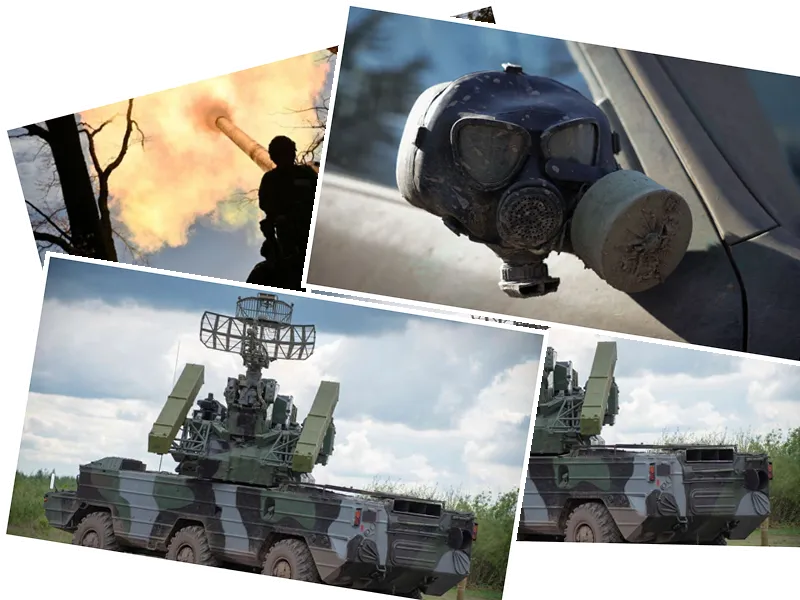Ukraine's Long-Range Strike Capabilities: Tensions Rise Amid Political Pressure
As the conflict in Ukraine escalates, the question of whether Ukraine should be permitted to launch long-range missile strikes into Russia has become a focal point of international discussions. Following a meeting between British Prime Minister Keir Starmer and US President Joe Biden, it was reported that Britain would not independently grant Ukraine permission to utilize Storm Shadow missiles against Russian targets. The Times highlighted that US guidance systems are deemed essential for ensuring that these missiles accurately hit their intended targets.
The pressure is mounting on the UK government, particularly from Conservative party members, who are advocating for a more aggressive stance towards Russia. Former Prime Minister Boris Johnson and several ex-defense ministers have called on Starmer to allow Ukraine to deploy British missiles against Russian military assets. This political pressure coincides with Ukraine’s evolving military strategy, as President Volodymyr Zelenskyy has urged Western allies to disregard Russian 'red lines' and authorize long-range attacks to exert pressure on Moscow.
Military Strategy and Escalation Concerns: The Role of Western Support
The discussion around Ukraine's military strategy has intensified, particularly after reports of Russia receiving Fateh-360 ballistic missiles from Iran, which could escalate the conflict further. US Secretary of State Antony Blinken acknowledged this development as a
dramatic escalation,
prompting renewed discussions about the restrictions on military support to Ukraine.
Recent analyses by the Institute for the Study of War (ISW) have identified over 200 military targets in Russia that could be within range of long-range missiles supplied by the US and its allies. The ISW has advocated for the use of ATACMS missiles, emphasizing the strategic advantage they could offer Ukraine in targeting Russian command centers and military assets deep within occupied territories.
However, the Pentagon has limited the scope of potential targets, stating that only a fraction of Russian airfields would be accessible to ATACMS missiles. This cautious approach reflects the complexities of NATO's involvement and the potential for escalating tensions with Russia. As the UN General Assembly approaches, the debate over Ukraine's military options continues, with leaders caught between the urgency of the situation and the risks of provoking a broader conflict.





